News
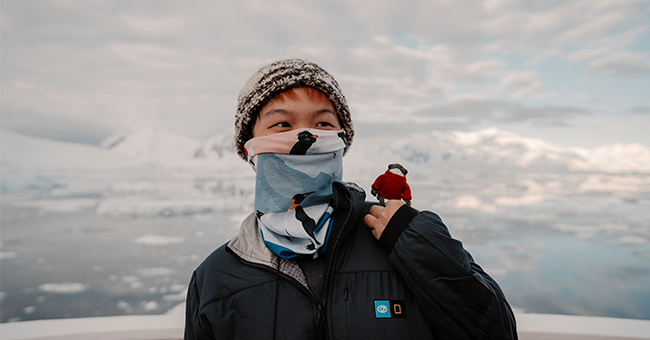
26 Mar 2025
Antarctic trip a dream come true for marine science student
Marine Science doctorate student Pluto Liu recently joined the National Geographic Explorer ship to the Antarctic Penins...
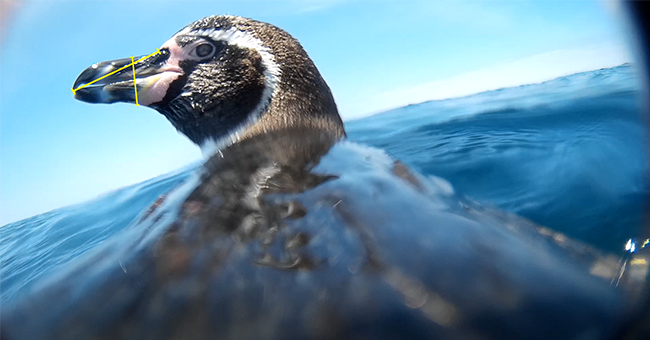
03 Feb 2025
Revealing underwater secrets with new technique
Scientists from the University of Otago – Ōtākou Whakaihu Waka are hoping their new research technique will help unlock...

11 Dec 2024
Pacific Marine Science PhD graduate finds her ‘village’
During her school years in Fiji, studying marine science was never on Namrata (Nam) Chand’s agenda. Instead, subjects in...

15 Oct 2024
Starlink revolutionising Polaris II communication
Linking to the ‘stars’ is revolutionising expeditions on the University’s main research vessel Polaris II.
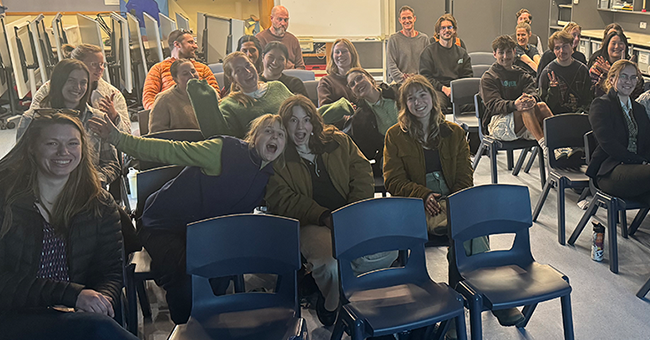
09 Oct 2024
Inaugural Marine Science Postgraduate Student Colloquium
The inaugural Marine Science Colloquium is being hailed as a successful “two birds, one stone” event.
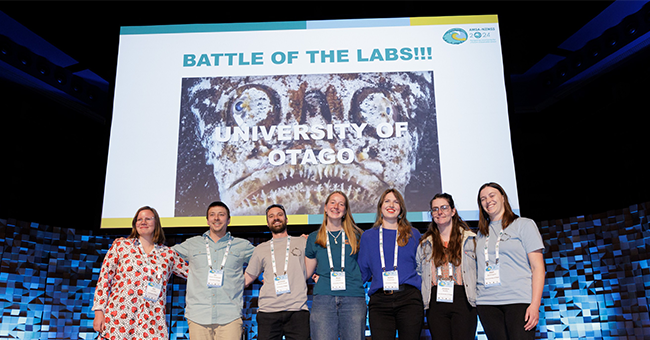
01 Oct 2024
National recognition for Marine Science
Otago staff and students were recognised at the recent NZ Marine Sciences Society held in Hobart recently.
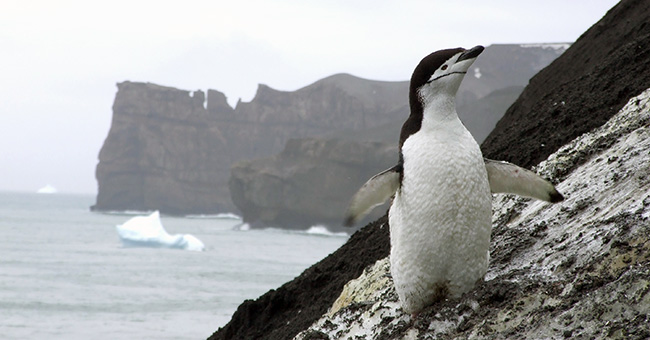
06 Mar 2024
Antarctica’s coasts are becoming less icy
An increase in pockets of open water in Antarctica’s sea ice (polynyas) may mean coastal plants and animals could one da...

19 Oct 2023
Biodegradable plastics still damaging to fish – Otago study
Biodegradable plastics may not be the solution to plastic pollution many hoped for, with a University of Otago study sho...

10 Jul 2023
From zombi fungi to kororā with Henry the Paleoguy
Otago undergrad Henry Scott things to say about everything from Zombi fungi to Dinosaur lips and his 86,200 YouTube subs...

16 Jun 2023
Anna Parsons: The next chapter
When Anna Parsons returns to America next month, she will take her climbing ropes and a new point of view with her.

13 Jun 2023
Scholarships support vital conservation-based research
Aotearoa New Zealand’s wildlife and natural environment will benefit from three conservation-based scholarships recently...

17 May 2023
Wednesday 17 May 2023, Otago researchers reveal impact of ancient earthquake
By combining the scientific powerhouses of genetics and geology, University of Otago researchers have identified a new a...
Events
27 April 2025
10:00am to 1:30pm
Marine Encounters
NZ Marine Studies Centre, 185 Hatchery Road, Portobello, Dunedin
18 May 2025
10:00am to 1:30pm
Marine Encounters
NZ Marine Studies Centre, 185 Hatchery Road, Portobello, Dunedin
22 June 2025
10:00am to 1:30pm
Marine Encounters
NZ Marine Studies Centre, 185 Hatchery Road, Portobello, Dunedin
13 July 2025
10:00am to 1:30pm
Marine Encounters
NZ Marine Studies Centre, 185 Hatchery Road, Portobello, Dunedin
17 August 2025
10:00am to 1:30pm
Marine Encounters
NZ Marine Studies Centre, 185 Hatchery Road, Portobello, Dunedin
21 September 2025
10:00am to 1:30pm
Marine Encounters
NZ Marine Studies Centre, 185 Hatchery Road, Portobello, Dunedin
05 October 2025
10:00am to 1:30pm
Marine Encounters
NZ Marine Studies Centre, 185 Hatchery Road, Portobello, Dunedin
26 October 2025
10:00am to 1:30pm
Marine Encounters
NZ Marine Studies Centre, 185 Hatchery Road, Portobello, Dunedin
16 November 2025
10:00am to 1:30pm
Marine Encounters
NZ Marine Studies Centre, 185 Hatchery Road, Portobello, Dunedin
07 December 2025
10:00am to 1:30pm
Marine Encounters
NZ Marine Studies Centre, 185 Hatchery Road, Portobello, Dunedin
Archived stories
Colossal Squid dissection (2014)
Our student Tyler Northern helped to dissect a Colossal squid with NIWA at Te Papa (the second specimen ever found intact!):
https://www.youtube.com/watch?v=8Yz_57uadUQ
Te Papa also have a blog with more details on the dissection:
http://blog.tepapa.govt.nz/2014/09/05/colossal-squid-live/
Invasive Bryozoan and Ascidian Recruitment and Growth Experiment – iBARGE (2017)
Otago researchers join international study examining the fouling communities of ports and harbours.
Department of Marine Science researchers have joined iBARGE, the Invasive Bryozoan and Ascidian Recruitment and Growth Experiment.
iBARGE aims to examine the richness and growth rates of fouling communities, groups of marine organisms that grow on the undersides of boats, docks, and aquaculture equipment. In many locations, fouling communities are dominated by invasive species which can overgrow native species including commercially important organisms like oysters and mussels.
The iBARGE program compares the growth rates of invasive species between locations on three different continents (the east and west coasts of North America, the UK, and NZ), using photographs taken on a weekly basis. Settlement panels – PVC squares – were deployed in the northern hemisphere's spring and summer and in Otago Harbour for the austral spring and summer. Analysis of the data collected is allowing scientists to understand how growth rates vary with water temperature and location.
Visit the iBARGE website:
http://ibargeprogram.wordpress.com/